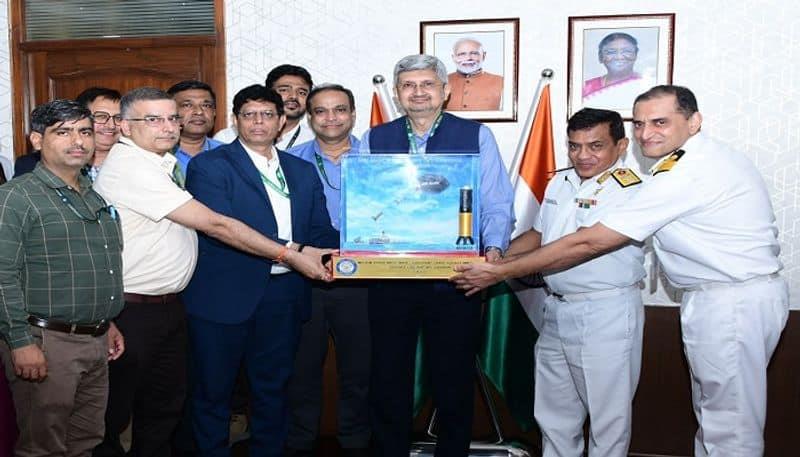
Indian Navy Enhances Radar Stealth With DRDO's MR-MOCR Technology; Check Details
Defence Minister Rajnath Singh termed it as a major boost to the government's Atmanirbhar Bharat initiative.
Chhattisgarh: Man deliberately crushes cow calf with car in Bilaspur; disturbing video goes viral (WATCH)
The MR-MOCR obscures radar signals and creates a microwave shield around platforms and assets, thus reducing radar detection.
Developed by DRDO's Defence Laboratory, Jodhpur, the system has a special type of fibres, with diameter of few microns and unique microwave obscuration properties. It has been assembled in the medium range chaff rocket.
When fired,“the rocket forms microwave obscurant cloud in space spreading over a sufficient area, with adequate persistence time, thus creating an effective shield against hostile threats having Radio Frequency seekers,” an official said.
During the Phase-I trials, the MR-MOCR was successfully tested from the Indian Navy warships, demonstrating the MOC cloud blooming and being persistent in space.
In the Phase-II trials, the Radar Cross Section (RCS) reduction of an aerial target to the extent of 90 per cent was tested and subsequently the Indian Navy cleared it.
After CBI arrest, Arvind Kejriwal complains of uneasiness in court due to low sugar level
However, the DRDO official did not disclose the number of MR-MOCR handed over to the Indian Navy.
The Microwave Obscurant Chaff technology can also be used to safeguard the strategic defence platforms, installations of Indian armed forces by creating a radar low penetrable screen, shield and increase their survivability against enemy threats having radar capabilities.
Legal Disclaimer:
MENAFN provides the
information “as is” without warranty of any kind. We do not accept
any responsibility or liability for the accuracy, content, images,
videos, licenses, completeness, legality, or reliability of the information
contained in this article. If you have any complaints or copyright
issues related to this article, kindly contact the provider above.

















Comments
No comment